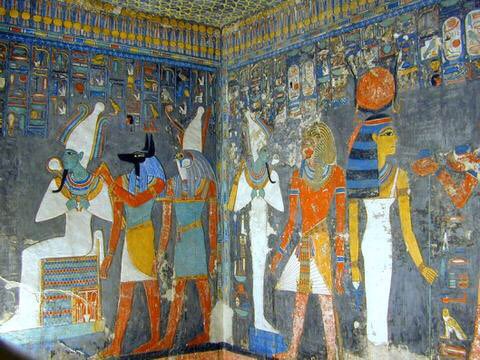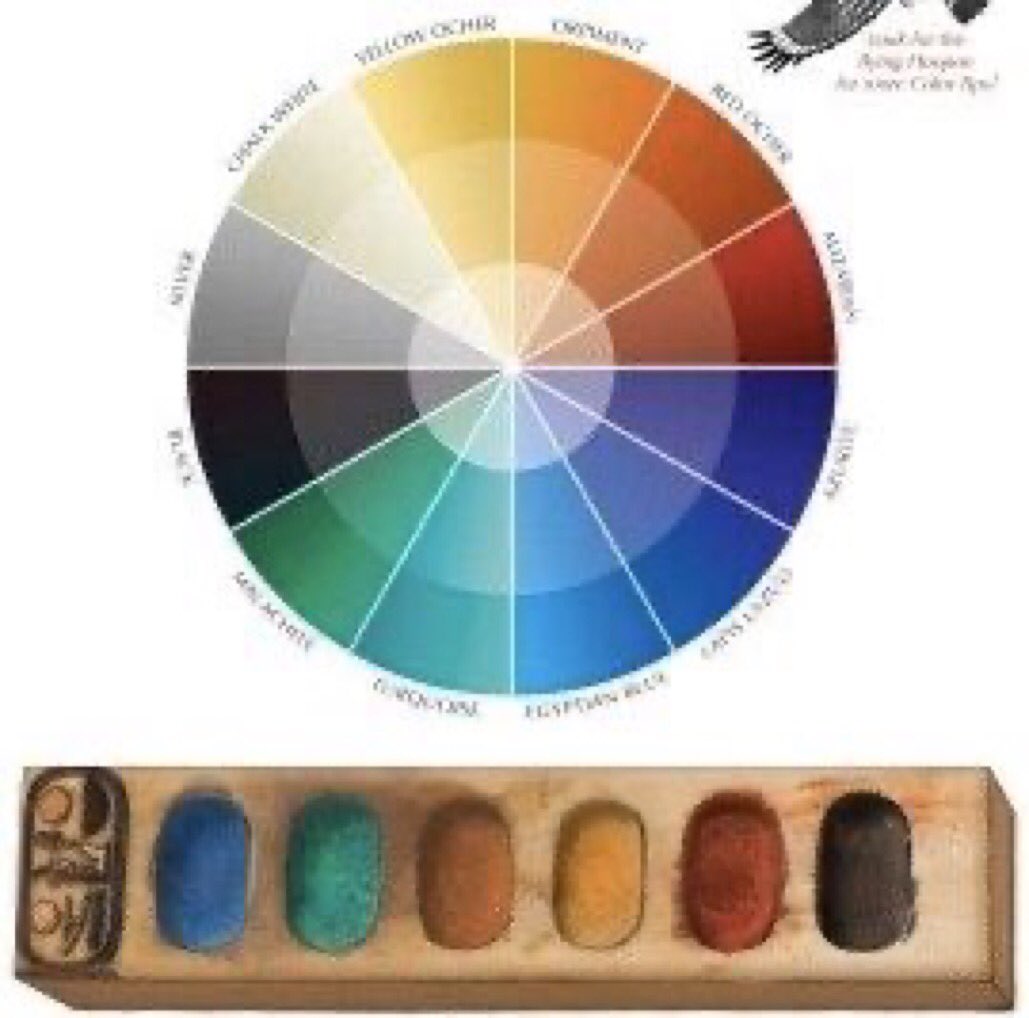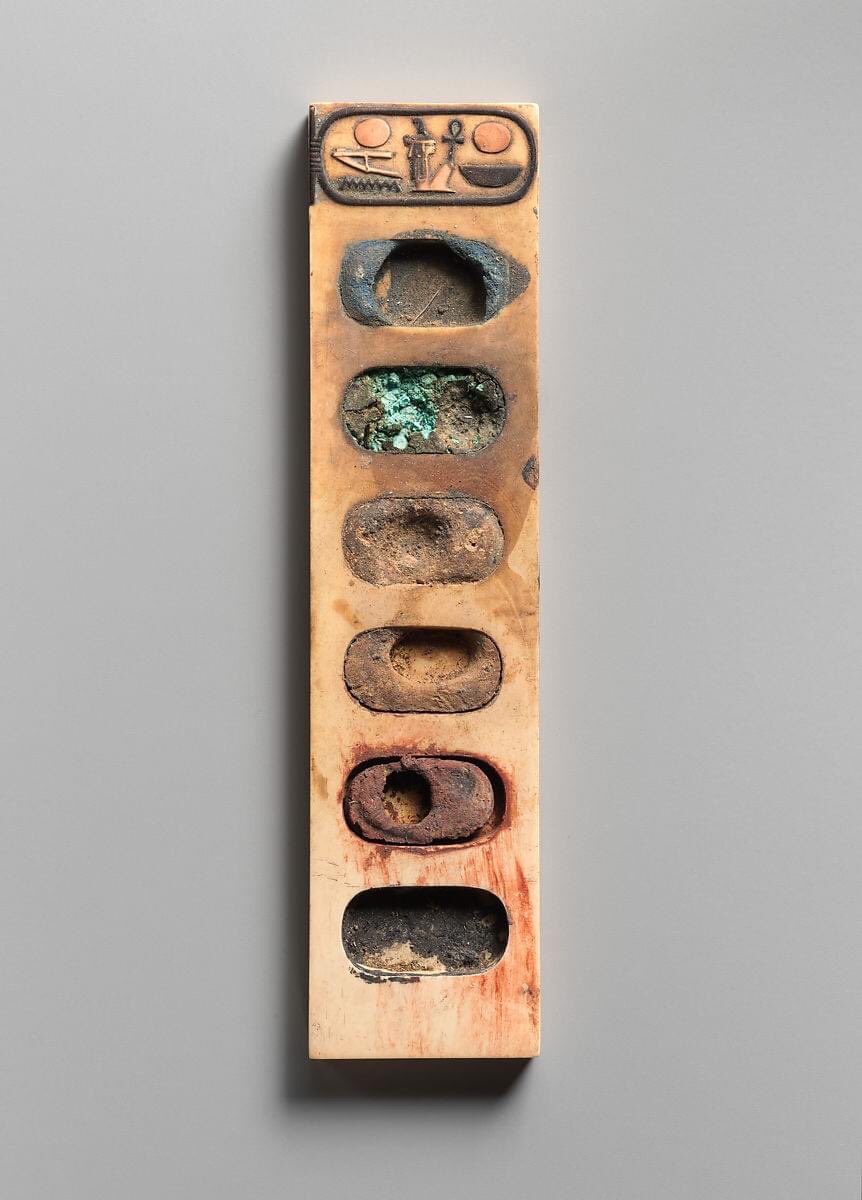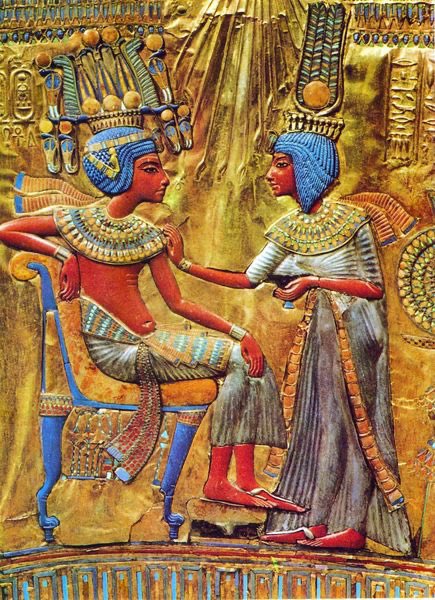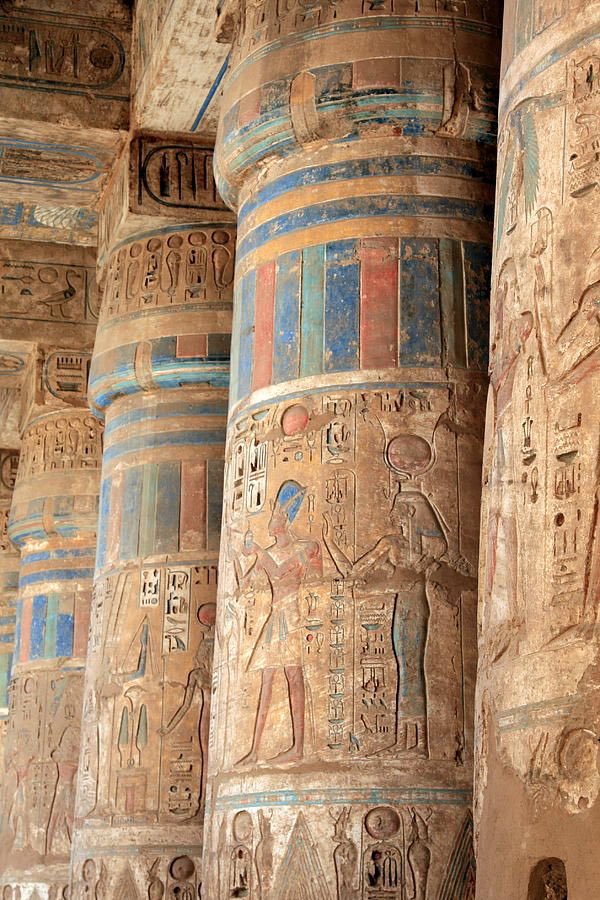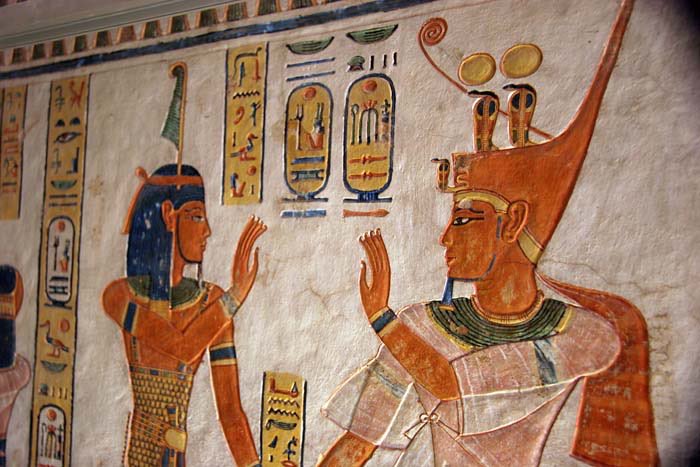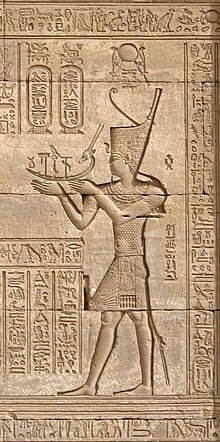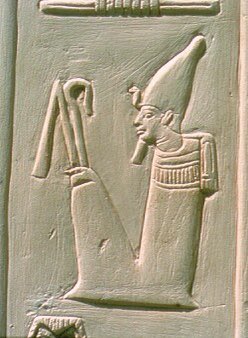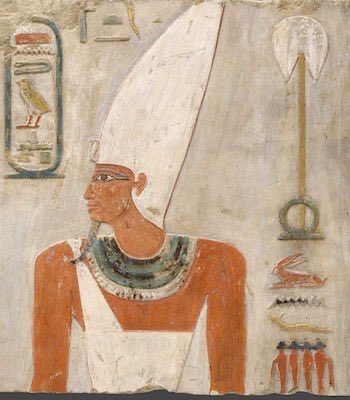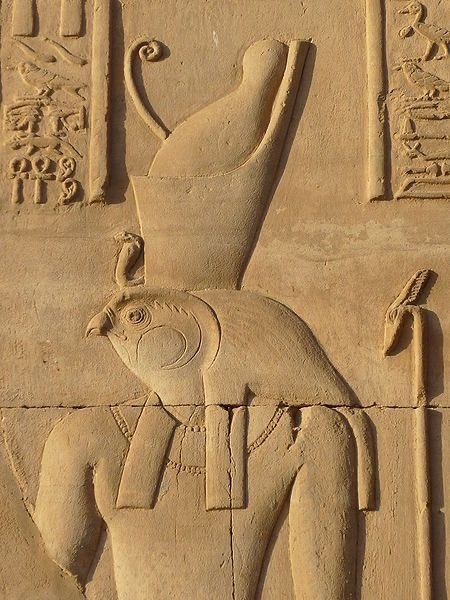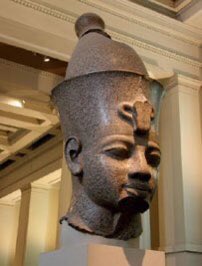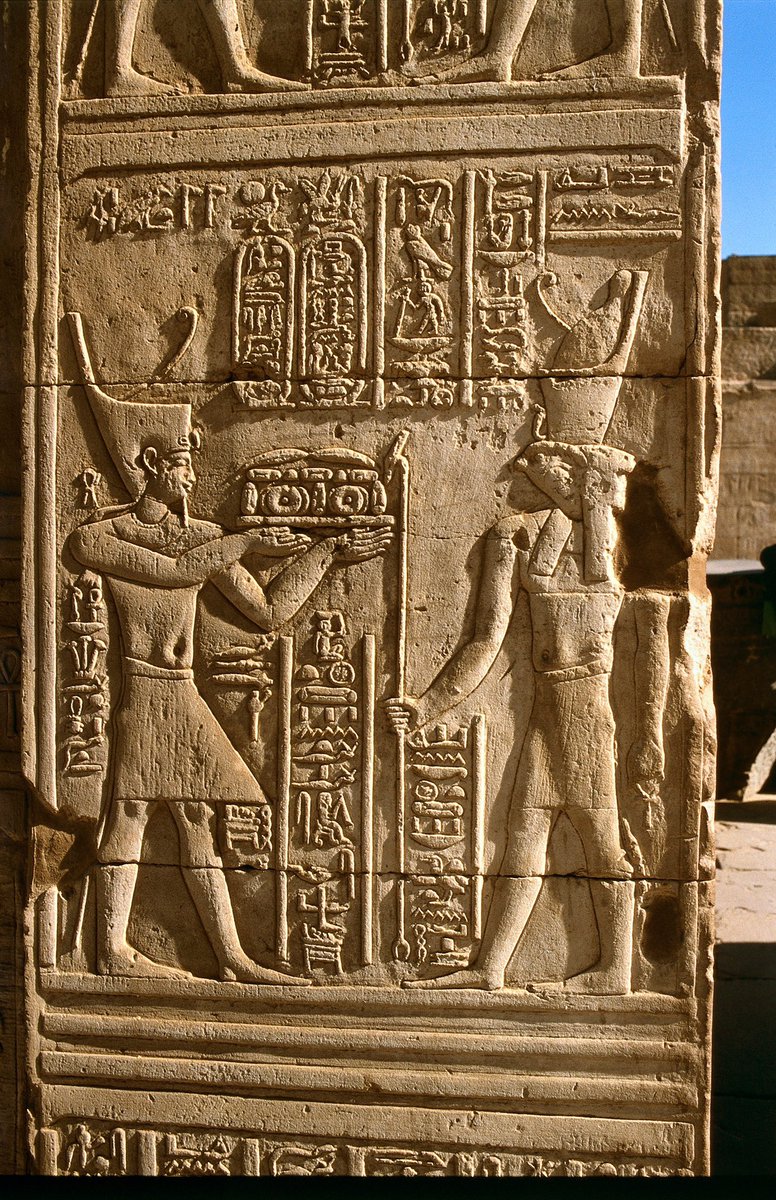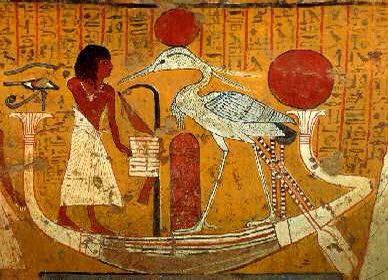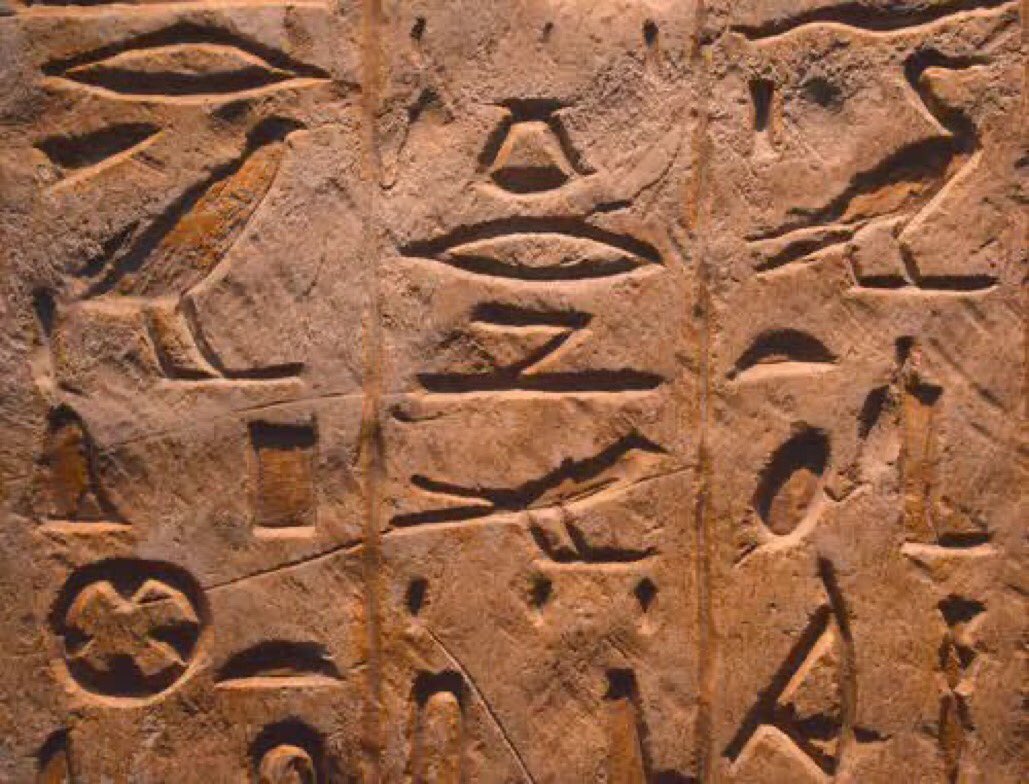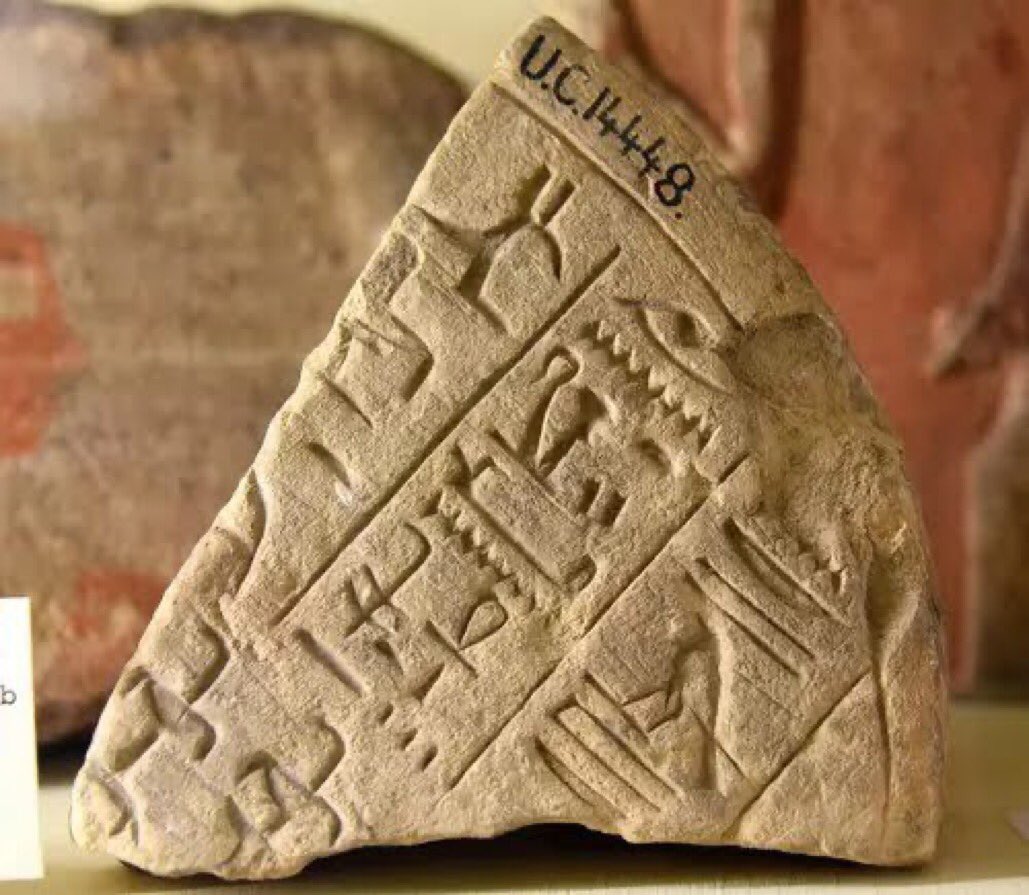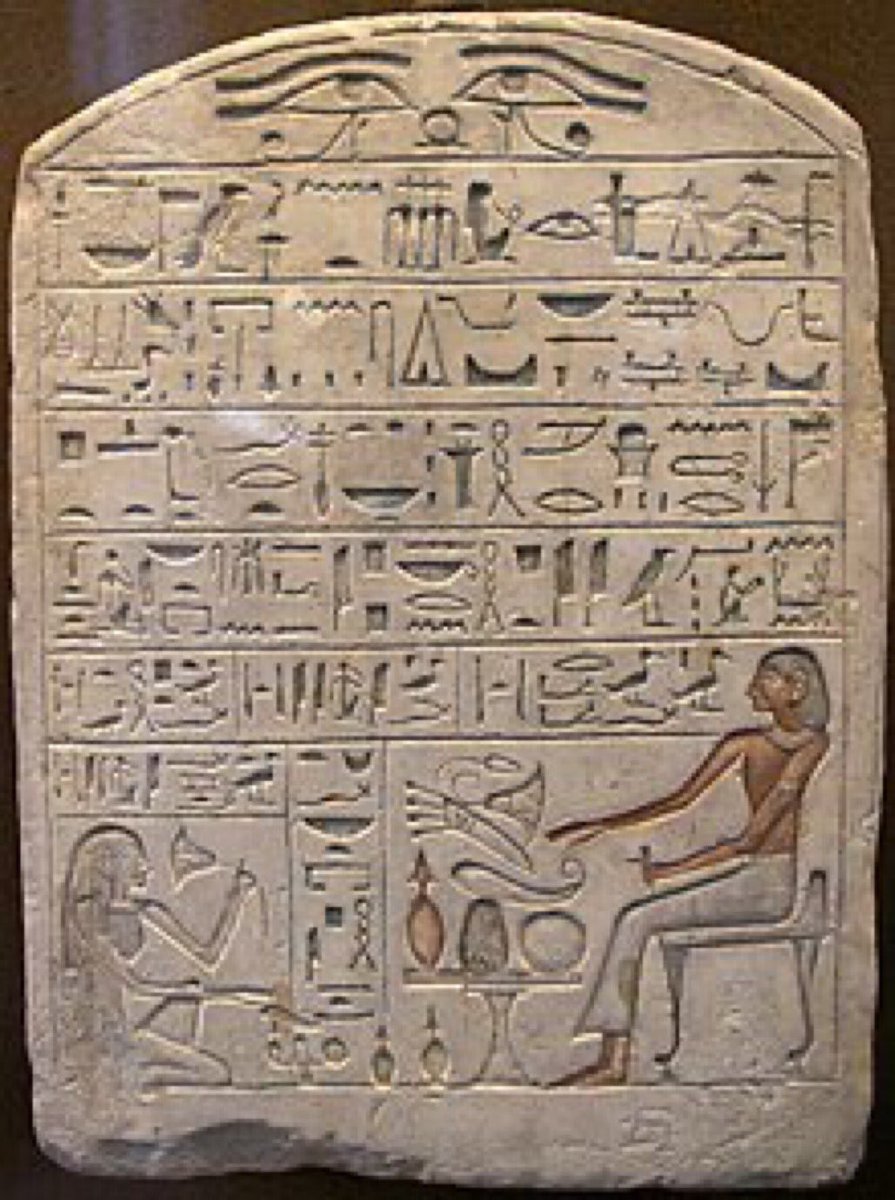
Ma’at was the goddes of truth, balance, cosmic order, justice and harmony. She was depicted with vulture wings, the ostrich feather of truth in her headdress and carrying the Ankh, the key of life. Ma’at’s worship can be traced to the Old Kingdom ca. 3200 BCE. 



According to the Papyrus of Ani (The Book of Coming Forth or Book of the Dead) everyone would be judged before Ma’at to determine whether they were good and able to move on to the afterlife. The feather was weighed against the heart while they stated the 42 Negative Confessions. 
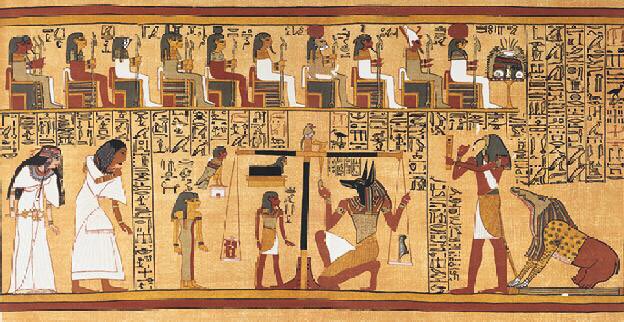
Ma’at 42 Negative Confessions translated by E. A. Wallis Budge: 1 I have not committed sin. 2 I have not committed robbery with violence. 3 I have not stolen. 4 I have not slain men or women. 5 I have not stolen food. 6 I have not swindled offerings. 7 I have not stolen from God. 
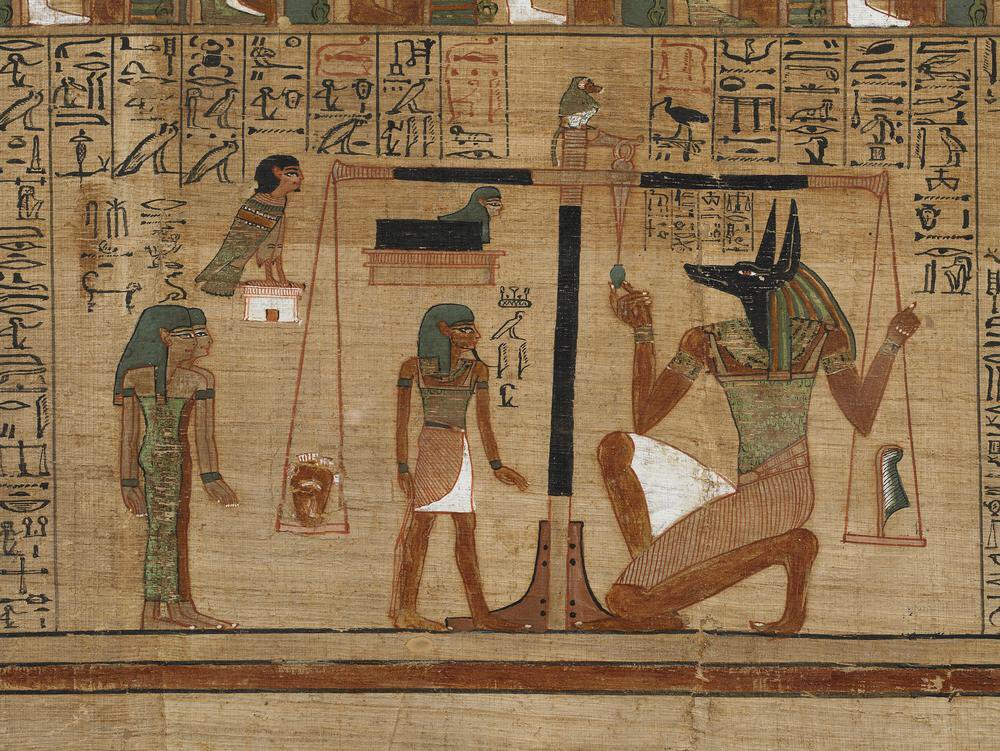
8 I have not told lies. 9 I have not carried away food. 10 I have not cursed. 11 I have not closed my ears to truth.12 I have not committed adultery.
13 I have not made anyone cry.
14 I have not felt sorrow without reason. 15 I have not assaulted anyone. 16 I am not deceitful.
13 I have not made anyone cry.
14 I have not felt sorrow without reason. 15 I have not assaulted anyone. 16 I am not deceitful.

17 I have not stolen anyone’s land. 18 I have not been an eavesdropper. 19 I have not falsely accused anyone. 20 I have not been angry without reason. 21 I have not seduced anyone’s wife. 22 I have not polluted myself. 23 I have not terrorized anyone. 

24 I have not disobeyed the Law. 25 I have not been exclusively angry. 26 I have not cursed Gods. 27 I have not behaved with violence. 28 I have not caused disruption of peace. 29 I have not acted hastily or without thought. 30 I have not overstepped my boundaries of concern. 

31. I have not exaggerated my words when speaking. 32 I have not worked evil. 33 I have not used evil thoughts, words or deeds. 34 I have not polluted the water. 35 I have not spoken angrily or arrogantly. 36 I have not cursed anyone in thought, word or deeds. 

37 I have not placed myself on a pedestal. 38 I have not stolen what belongs to God/Goddess.
39. I have not stolen from or disrespected the deceased.
40. I have not taken food from a child. 41 I have not acted with insolence. 42 I have not destroyed property belonging to Gods.
39. I have not stolen from or disrespected the deceased.
40. I have not taken food from a child. 41 I have not acted with insolence. 42 I have not destroyed property belonging to Gods.

Thinking about these 42 precepts, would anyone of us be able to pass the judgment against the feather of Ma’at?
• • •
Missing some Tweet in this thread? You can try to
force a refresh






